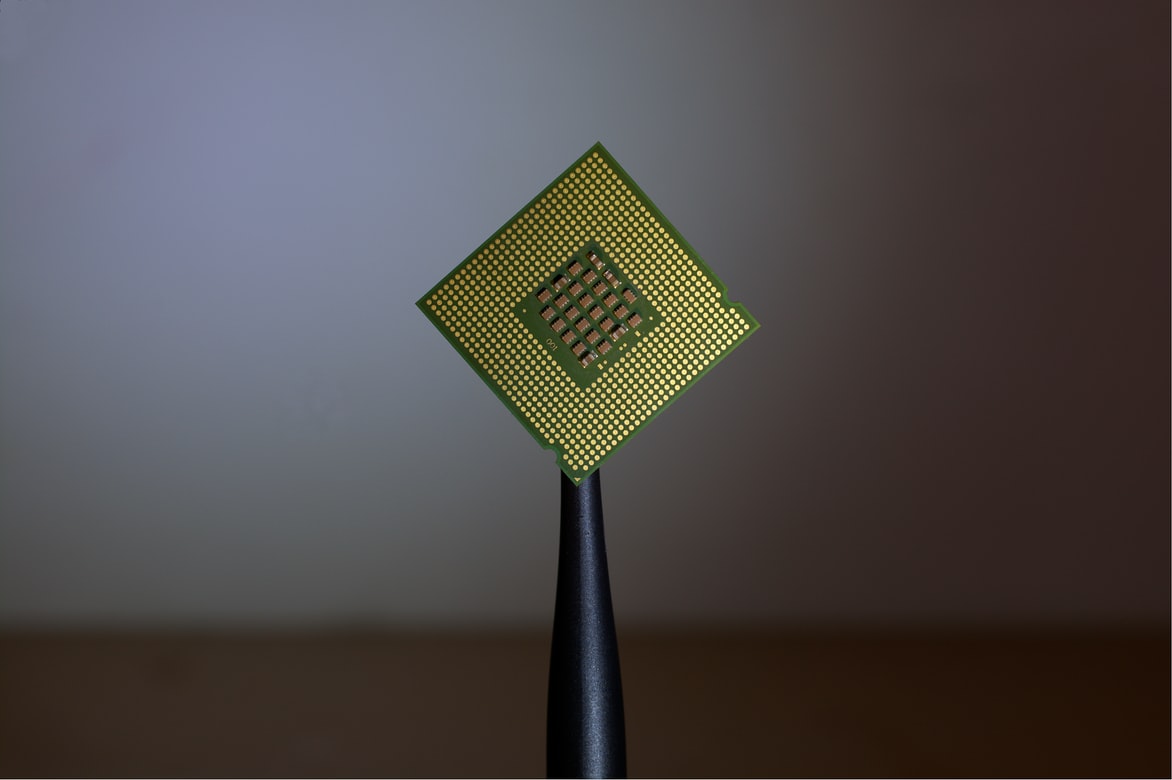Since 2020, if you’ve tried to buy a computer, a smartphone, or a games console, you will have either struggled to find one or found that the price has risen sharply.
That’s because of a global shortage of microchips that have been affecting the consumer electronics industry. For some products, this has been worsened by increased demand, adding pressure on the market at both ends.
For example, the global supply of high-end consumer graphics cards is hampered greatly by the fact that manufacturers can’t produce enough units for gamers to buy, and the fact that they’re being bought by crypto miners and price scalpers that are intending to profit from them.
Things don’t look like they’re going to improve any time soon either, with companies like Sony warning investors that their financial performance is likely to be constrained by shortages of components for their products.
However, it’s not just the obvious products that are being affected. The global chip shortage has brought to the surface just how reliant the modern world is on silicon semiconductors. As more of the world has moved away from mechanical devices and towards digital ones, chips have been required to control them.
A great example of this is the slot machine. The first ones were invented in the late 19th century but used mechanical internals to make the physical reels spin. Over time, some of this machinery was replaced by electronically controlled motors, but today all of this has been swapped for an LCD screen and a computer program.
The same has happened in just about every other area of life, and it means the microchip shortage runs much deeper than you think.
Cars
Cars have evolved in a similar way to slot machines. They first began to appear in the 19th century and became hugely popular over the following 100 years. While almost every motor vehicle on the road today still uses an internal combustion engine, those made in the last few decades are crammed full of computers.
Sometimes it’s easy to see all this digital tech as products like Chevy’s MyLink let you connect your smartphone to your car. Other times, it sits behind the scenes, controlling the driver aids that keep you safe and which create an easier and more enjoyable driving experience.
Thanks to all these gadgets and gizmos, modern cars can easily contain thousands of individual chips, so a decline in the supply of them will have a profound effect on how many units manufacturers can produce.
In 2021, production has declined by around 5%, with buyers having to wait months for a new set of wheels and often receiving products with features missing as chips get rationed.
White Goods
White goods are products we take for granted. We rely on them for everything from the fridge and freezer keeping our food preserved for longer, to the washing machine that makes cleaning laundry a doddle.
But white goods are packed with small computers known as microcontrollers that tell the other components how much to spin, what temperature to reach, how much water needs to be pumped, or how much power should be drawn. Without them, modern home appliances would simply not work.
In October, AO, a UK-based appliance retailer, saw more than £200 million wiped from its value on the stock market when it announced it was struggling with global supply chain problems and a shortage of delivery drivers.
Lighting
Light bulbs used to be some of the simplest electronic devices going. Candescent bulbs used a thin piece of metal known as a filament that would glow brightly when an electrical current ran through it.
However, in the drive for environmental benefits and improved efficiency, much of the world has begun turning to LED lighting. On top of that, LEDs are used in modern screens for televisions, smartphones, and computer monitors.
LEDs require microchips to work, meaning that their supply has also been hampered by the global shortage of silicon.
Demand has been much greater than manufacturers can meet for all of 2021 and looks set to continue for many months still.

